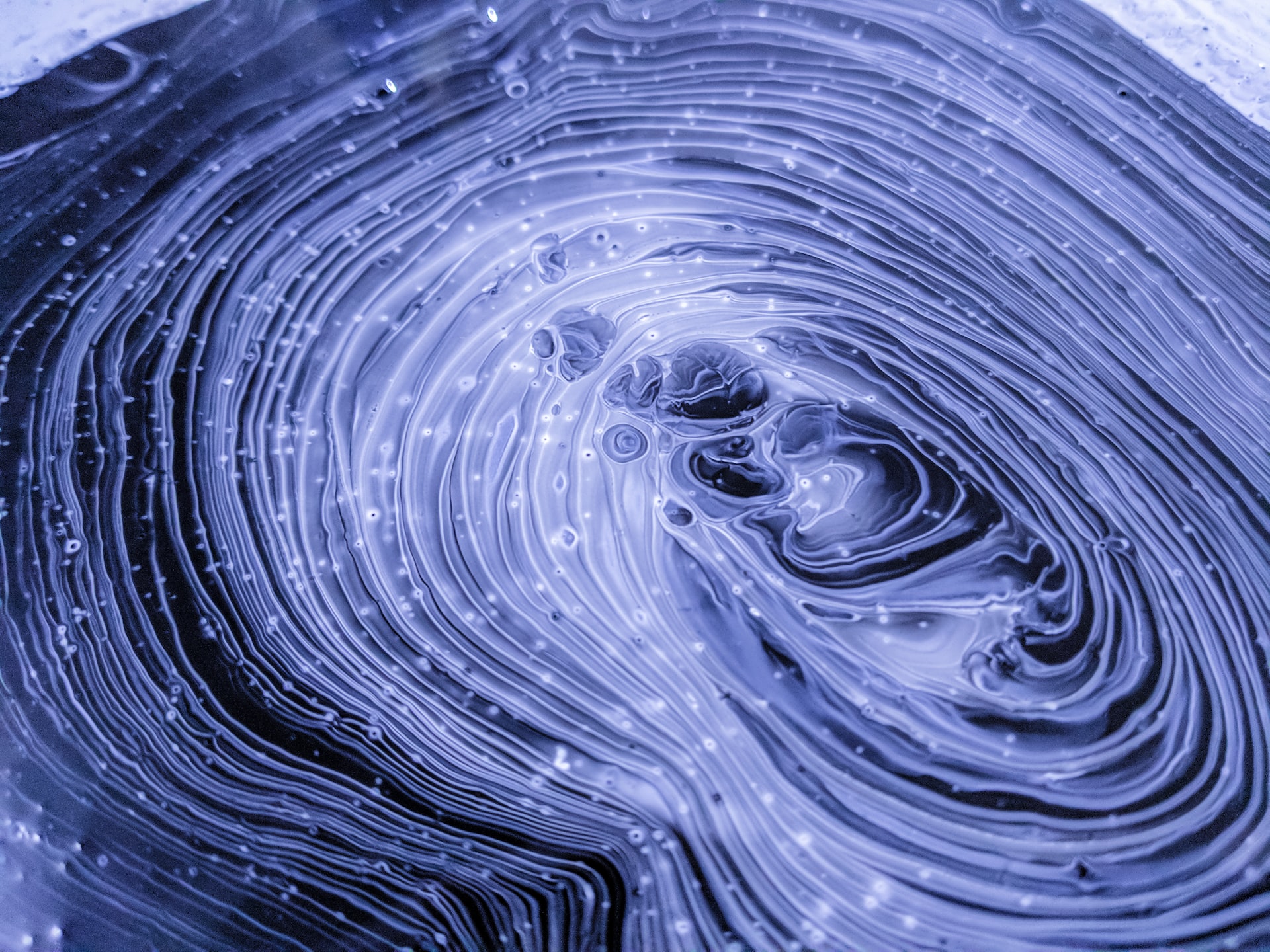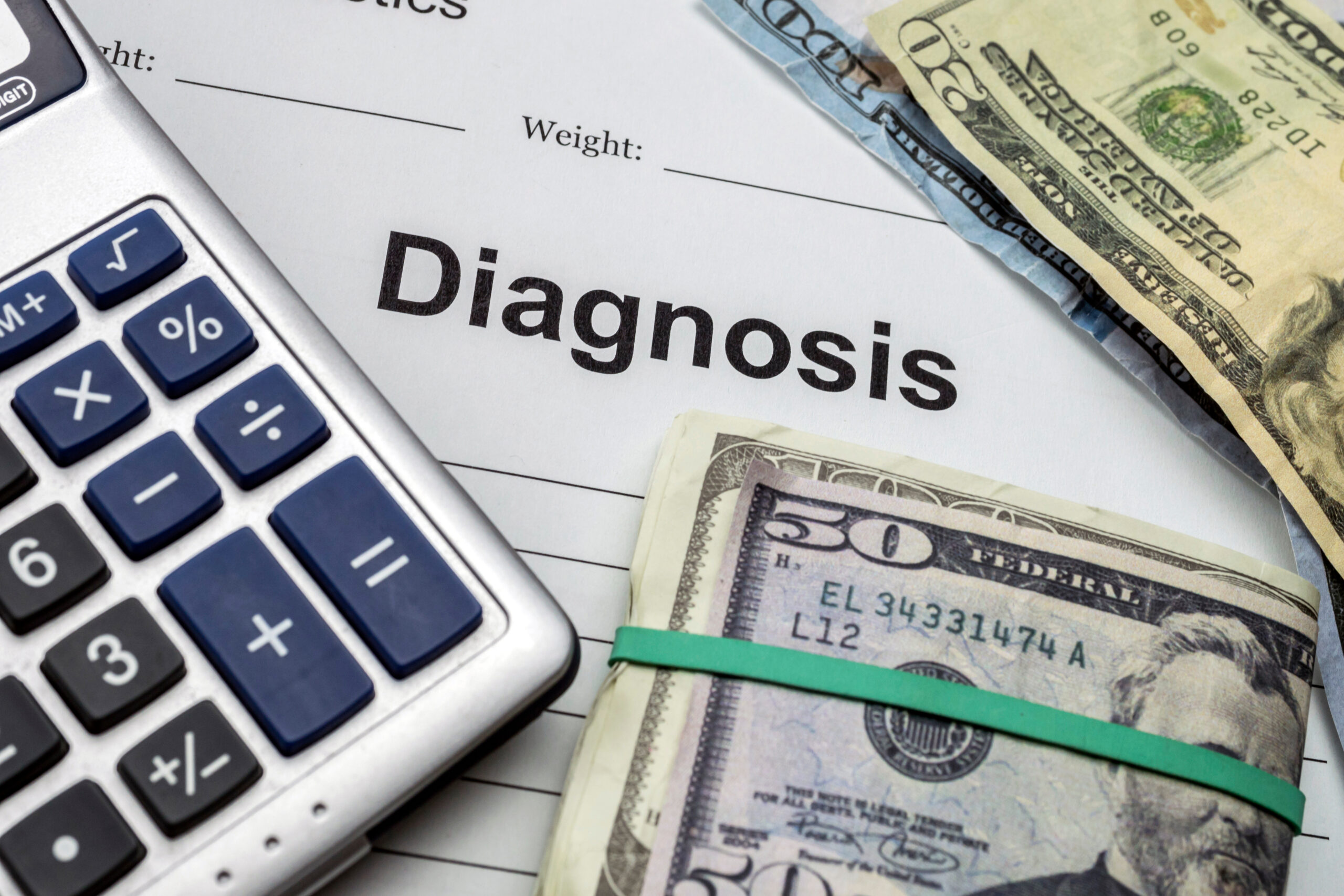Hormonal Acne: Causes and Solutions
Hormonal acne is a common skin issue that affects many people, particularly women, due to fluctuations in hormone levels. It often appears as deep, painful pimples along the jawline and chin, and can be triggered by various hormonal changes throughout life.
### Understanding Hormonal Acne
Hormonal acne is primarily caused by changes in the levels of hormones such as estrogen, progesterone, and testosterone. These hormonal shifts can occur during different life stages, including puberty, menstruation, pregnancy, and menopause. For instance, during the menstrual cycle, estrogen levels rise in the first half and then drop as progesterone increases in the second half. This shift can lead to increased oil production and inflammation, resulting in acne breakouts. In fact, about 65% of women report worsening acne just before their period.
### Key Hormonal Factors
– **Testosterone**: This hormone is known to increase oil production, which can lead to acne. High levels of testosterone are often seen in conditions like Polycystic Ovary Syndrome (PCOS), where women may experience severe acne along with other symptoms like irregular periods and excess hair.
– **Estrogen**: While estrogen generally helps to balance skin health, low levels can lead to less skin repair and more inflammation. This is commonly observed during menopause, when estrogen levels decline.
– **Progesterone**: This hormone can cause pores to swell and trap oil, leading to breakouts. It is particularly active during the premenstrual phase of the menstrual cycle.
### Life Stages and Hormonal Acne
– **Puberty**: The onset of puberty brings significant hormonal changes, including increased testosterone, which can lead to acne.
– **Menstrual Cycle**: As mentioned, the fluctuations in estrogen and progesterone during the cycle can trigger acne.
– **Pregnancy and Postpartum**: Hormonal changes during pregnancy and after childbirth can also lead to acne flare-ups due to increased progesterone and androgens.
– **Perimenopause and Menopause**: The decline in estrogen and relative increase in androgens during these stages can cause adult-onset acne.
### Stress and Hormonal Acne
Stress is another factor that can exacerbate hormonal acne. When stressed, the body produces more cortisol and androgens, which can stimulate oil production and worsen inflammation. This creates a cycle where stress can trigger acne, and having acne can increase stress levels.
### Solutions for Hormonal Acne
While hormonal acne can be challenging to manage, there are several effective solutions:
– **Skincare Routine**: Maintaining a consistent skincare routine that includes gentle cleansers and non-comedogenic products can help control oil production and reduce breakouts.
– **Hormonal Treatments**: For severe cases, hormonal treatments like birth control pills or spironolactone can help balance hormone levels and reduce acne.
– **Lifestyle Changes**: Reducing stress through exercise, meditation, or other relaxation techniques can also help manage hormonal acne.
– **Dietary Adjustments**: Eating a balanced diet rich in fruits, vegetables, and whole grains, while avoiding processed foods, can support overall skin health.
By understanding the causes of hormonal acne and implementing these solutions, individuals can better manage their skin and reduce the occurrence of breakouts.





